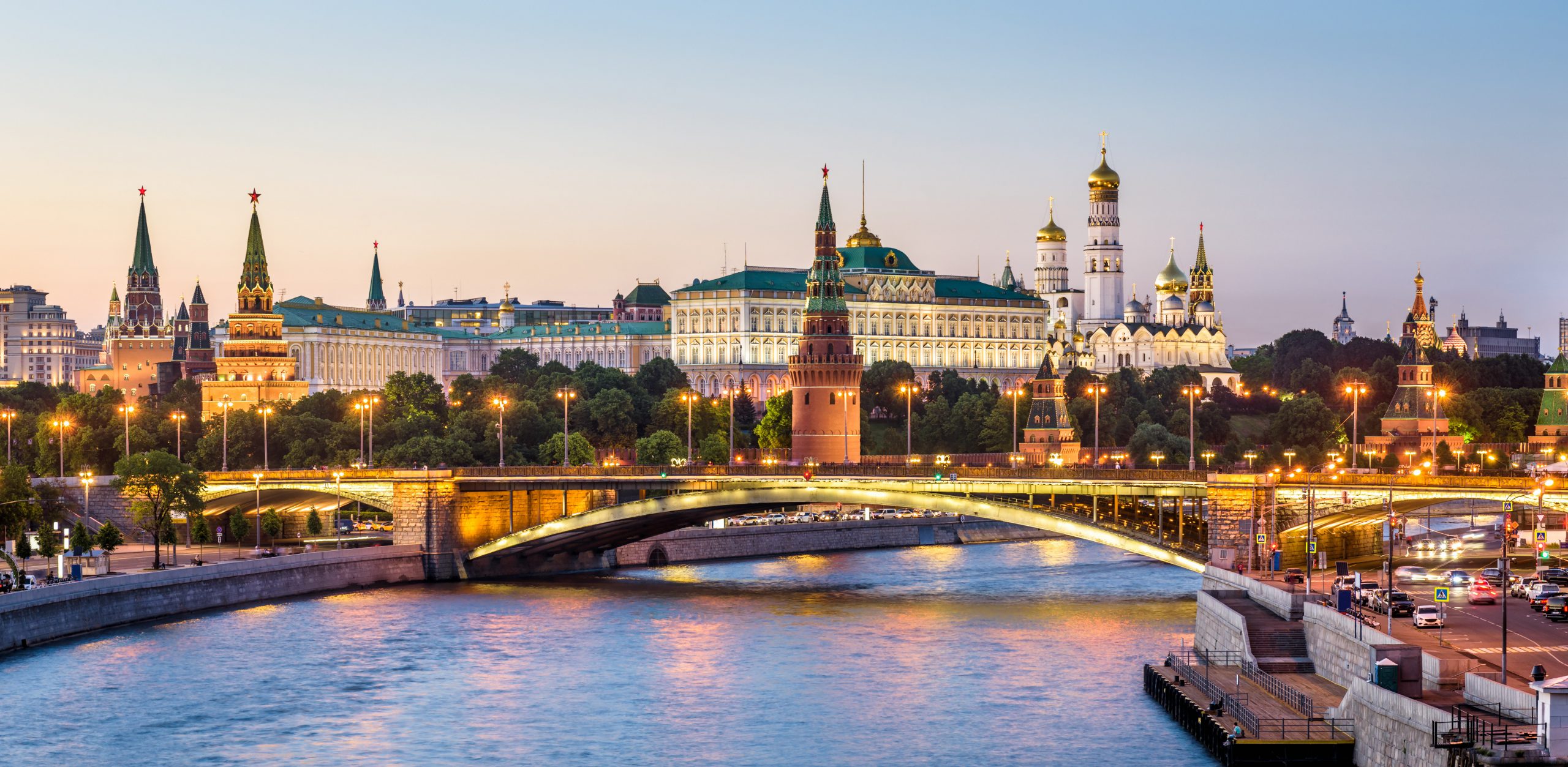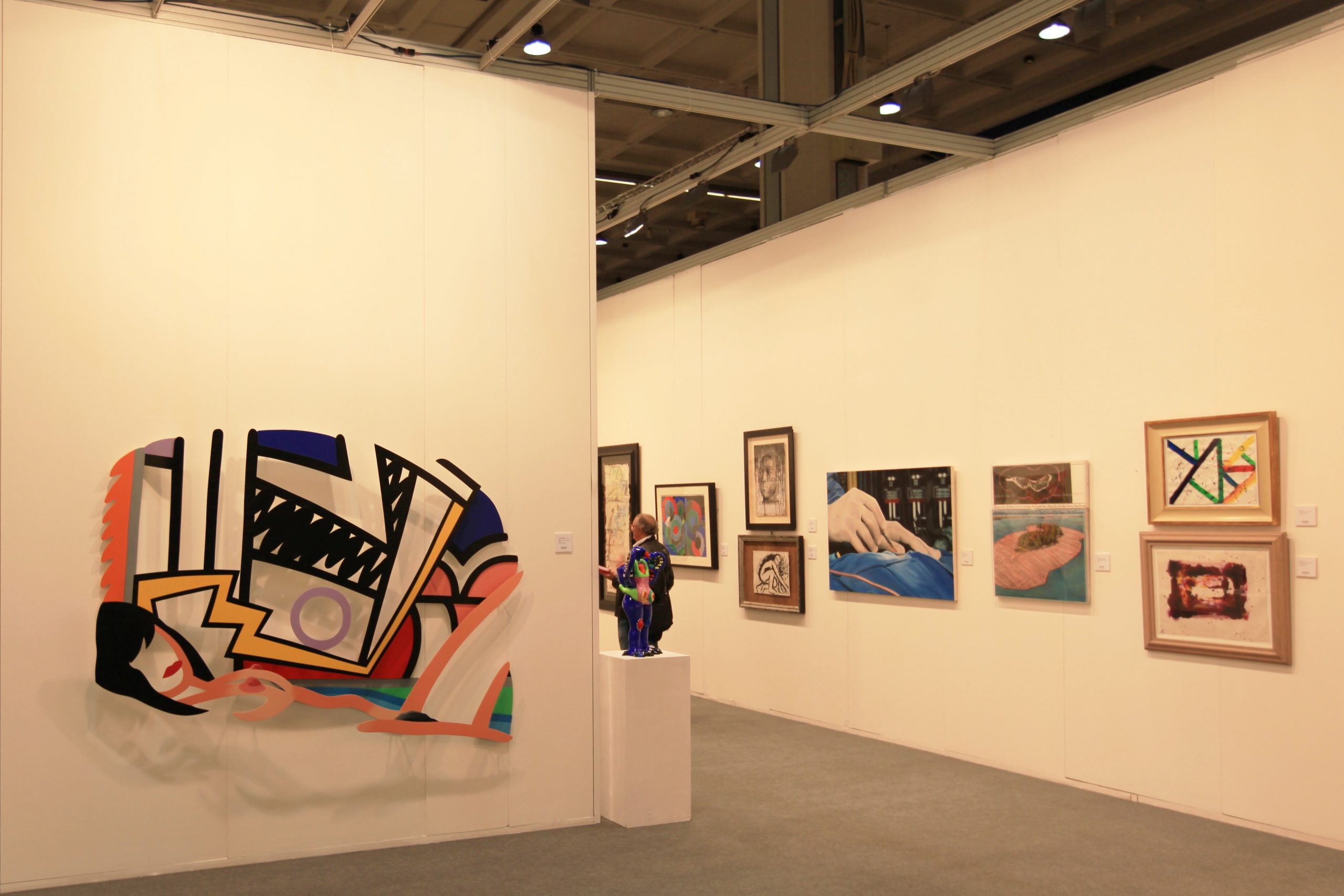I remember sitting in a dimly lit theater, the scent of popcorn wafting through the air, as the opening scene of a film unfolded before my eyes. It was a wide shot of a vast, desolate landscape, with the protagonist silhouetted against a setting sun. There was something about the way the camera lingered, capturing the solitude of the moment, that pulled me in. It was then that I realized cinematography is more than just a visual component of filmmaking; it’s an art form that profoundly shapes our emotional experience.
Cinematography, at its core, is about telling a story through visuals. The choices made by cinematographers—regarding camera angles, lighting, and composition—can evoke a wide range of emotions. Take, for instance, the way a close-up shot can capture the subtle nuances of an actor’s performance, drawing us into their internal world. It’s the difference between observing a character from a distance and feeling as though we’re peering into their soul.
Consider the use of lighting. In horror films, shadows and dim lighting are often employed to create suspense and fear. On the other hand, romantic comedies might favor soft, warm lighting to evoke feelings of comfort and happiness. These choices are not arbitrary; they are carefully crafted to guide our emotional responses, often without us even realizing it.
I recall watching a film where the color palette played a crucial role in shaping the story’s tone. The use of cold, muted colors underscored the protagonist’s isolation and inner turmoil. As the character found hope and healing, the colors gradually shifted to warmer, more vibrant hues. This transformation mirrored the emotional journey of the character, subtly enhancing my connection to their story.
The framing of a shot can also have a powerful impact. Directors and cinematographers can choose to position the camera at eye level, creating a sense of equality and intimacy between the audience and the characters. Alternatively, a high angle shot might make a character appear vulnerable, while a low angle can convey power and dominance. These choices influence how we perceive and empathize with the characters on screen.
One of my favorite examples of effective cinematography is in the film “Moonlight” by Barry Jenkins. The way each scene is composed and lit draws viewers into the protagonist’s world, allowing us to feel his struggles and triumphs on a visceral level. The camera often lingers on small, intimate moments, inviting us to reflect on the complexity of identity and human connection.
It’s fascinating to think about how these visual elements work together to shape our emotional journey through a film. As viewers, we may not always be consciously aware of these techniques, but they resonate with us on a deeper level, enhancing our understanding of the story and the emotions it seeks to convey.
Next time you watch a movie, pay attention to how the cinematography influences your emotional response. Notice the lighting, the camera angles, and the composition of each shot. You might find that the art of cinematography has been subtly guiding your emotions all along, enriching your experience and connecting you to the story in ways you never expected.




